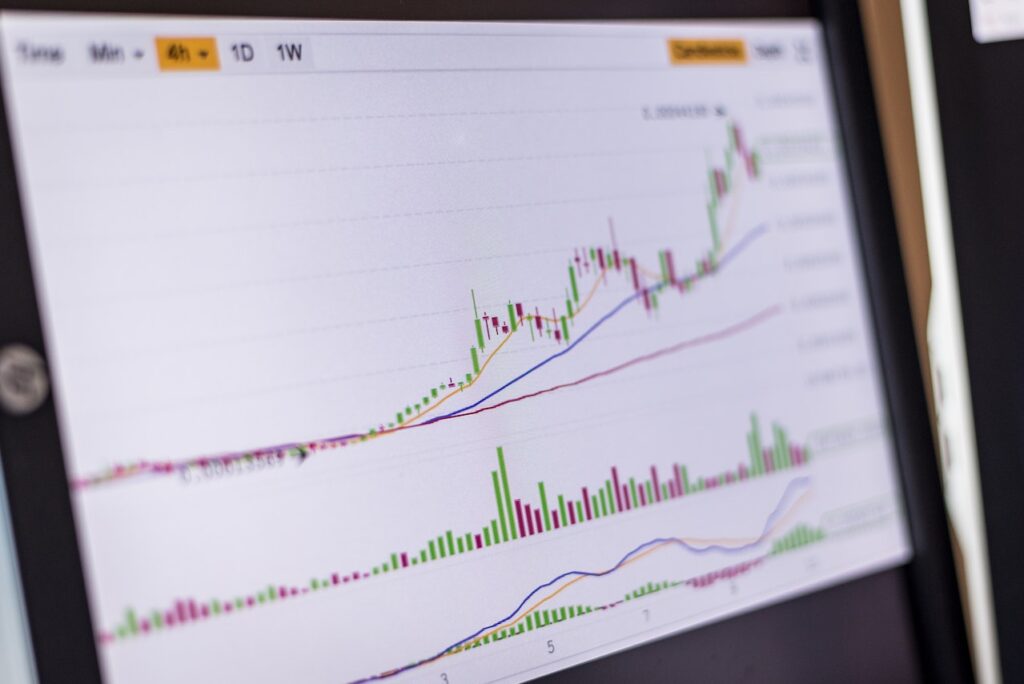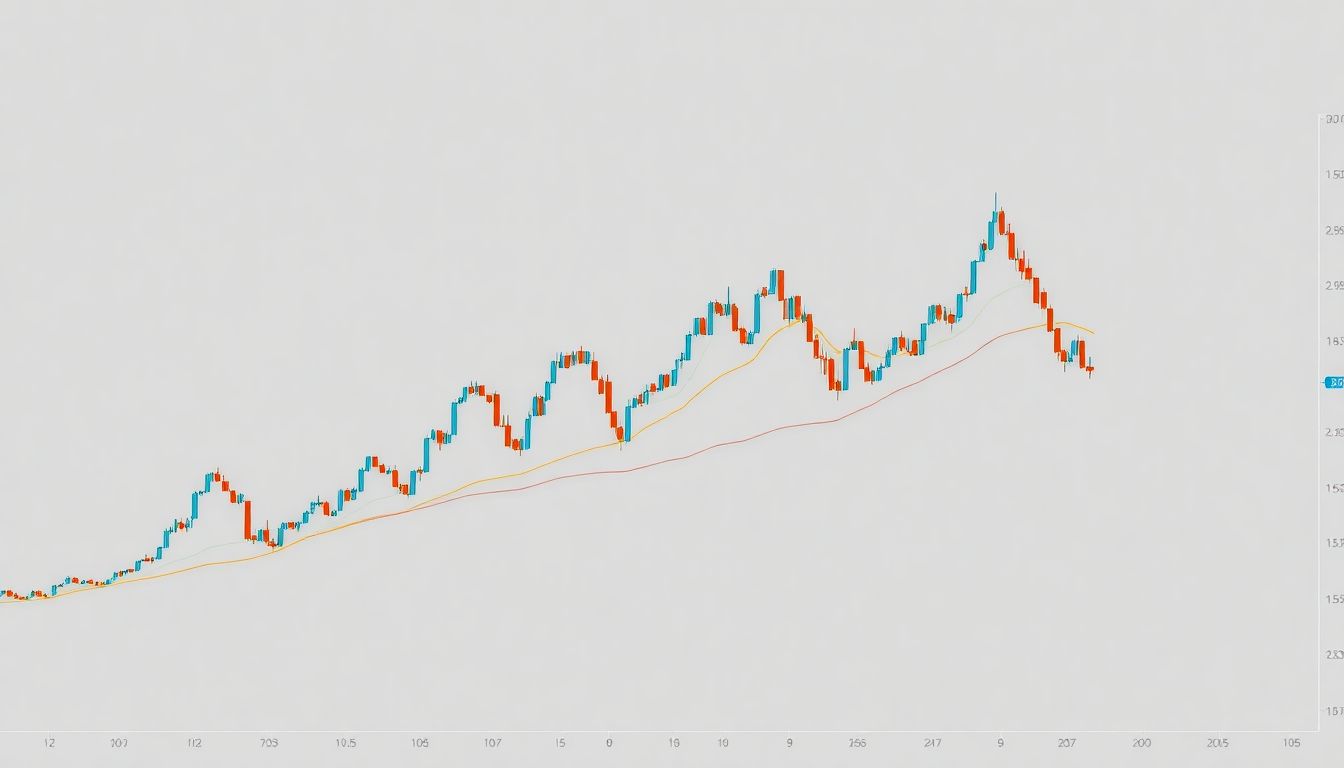The foreign exchange (forex) market sees a staggering daily trading volume of around $6.6 trillion. This immense liquidity fuels not only daily transactions but also significant market fluctuations. Understanding how to navigate this environment is essential for traders. This article will analyze major currency pairs, pinpointing trends and providing actionable strategies for success in forex trading.
Understanding Major Currency Pairs
Defining Major Pairs
The major currency pairs are fundamental to forex trading, including:
- EUR/USD (Euro/US Dollar)
- USD/JPY (US Dollar/Japanese Yen)
- GBP/USD (British Pound/US Dollar)
- USD/CHF (US Dollar/Swiss Franc)
- USD/CAD (US Dollar/Canadian Dollar)
- AUD/USD (Australian Dollar/US Dollar)
- NZD/USD (New Zealand Dollar/US Dollar)
Each pair reflects the relative value of one currency against another, influenced by factors such as economic stability and geopolitical events.
Market Depth and Liquidity
Major currency pairs are known for their high liquidity. This means that they can be bought and sold in large volumes without causing drastic price changes. For instance, the EUR/USD pair accounts for over 20% of the total forex market trading volume. High liquidity allows traders to enter and exit positions quickly, reducing the risk of slippage.
Historical Performance Analysis
Analyzing historical performance provides insights into long-term trends. For example, over the past decade, the EUR/USD has shown a consistent trend of oscillating between 1.10 and 1.20. According to data from the Bank for International Settlements (BIS), understanding these patterns can enhance trading decisions.
Technical Analysis of Major Currency Pairs
Chart Patterns
Chart patterns play a vital role in identifying potential trading opportunities. Common patterns include:
- Head and Shoulders: Indicates a reversal trend.
- Triangles: Suggests a continuation or reversal of the current trend.
Understanding these patterns can help traders make informed decisions.
Technical Indicators
Technical indicators are tools that help analyze market trends. Key indicators include:
- Moving Averages: Smoothing out price data to identify trends.
- Relative Strength Index (RSI): Measuring speed and change of price movements.
- Moving Average Convergence Divergence (MACD): Indicating momentum and trend direction.
For instance, combining RSI with moving averages can provide a clearer picture of entry and exit points.
Combining Technical Indicators
Using multiple indicators can enhance trading accuracy. A common strategy involves using a combination of the RSI and moving averages to confirm trends before entering a trade. This multi-faceted approach can significantly improve potential profits.
Fundamental Analysis of Major Currency Pairs
Economic Indicators
Economic indicators greatly influence currency values. Key indicators include:
- Gross Domestic Product (GDP): Reflects economic health.
- Inflation Rates: Impacts purchasing power and monetary policy.
- Employment Rates: Affects currency strength.
For example, a rise in GDP typically strengthens the associated currency.
Geopolitical Events
Political events can impact currency pairs significantly. For instance, Brexit caused major fluctuations in the GBP/USD pair. Staying updated on global news helps traders anticipate market movements.
Central Bank Policies
Central bank decisions, such as interest rate changes, influence currency values directly. “Interest rates are like a bank’s shining light, guiding traders in their decisions,” notes a financial expert. Monitoring policy announcements from banks like the Federal Reserve can provide crucial insights.
Risk Management Strategies in Forex Trading
Position Sizing
Position sizing is crucial for managing risk. A simple formula to determine position size is:
[ \text{Position Size} = \frac{\text{Account Risk} \times \text{Account Equity}}{\text{Trade Risk}} ]
This method helps ensure that no single trade can significantly impact your account balance.
Stop-Loss and Take-Profit Orders
Using stop-loss and take-profit orders can safeguard investments. A stop-loss order automatically closes a trade at a predetermined loss, while a take-profit order does the same at a targeted profit level. Utilizing these tools can minimize emotional decision-making.
Diversification
Diversifying across different currency pairs can mitigate risks. Spreading investments can help protect against market volatility, as different pairs react differently to economic news.
Developing a Successful Trading Plan
Defining Trading Goals
Setting clear and realistic trading goals is essential. Goals should be specific, measurable, achievable, relevant, and time-bound (SMART) to foster focus and progress.
Backtesting Strategies
Backtesting involves using historical data to evaluate trading strategies. By simulating trades based on past performance, traders can identify effective strategies and avoid potential pitfalls.
Adapting to Market Conditions
Markets are constantly changing. Recognizing when to adjust strategies based on new information is crucial for long-term success. Staying flexible allows traders to navigate unexpected market shifts.
Conclusion
Successful forex trading requires a comprehensive understanding of major currency pairs, solid technical and fundamental analysis, and effective risk management strategies. Continuous learning and adaptation are vital as market conditions evolve. Take the first step in your trading journey by researching further and developing your individualized trading plan.








Facebook Comments